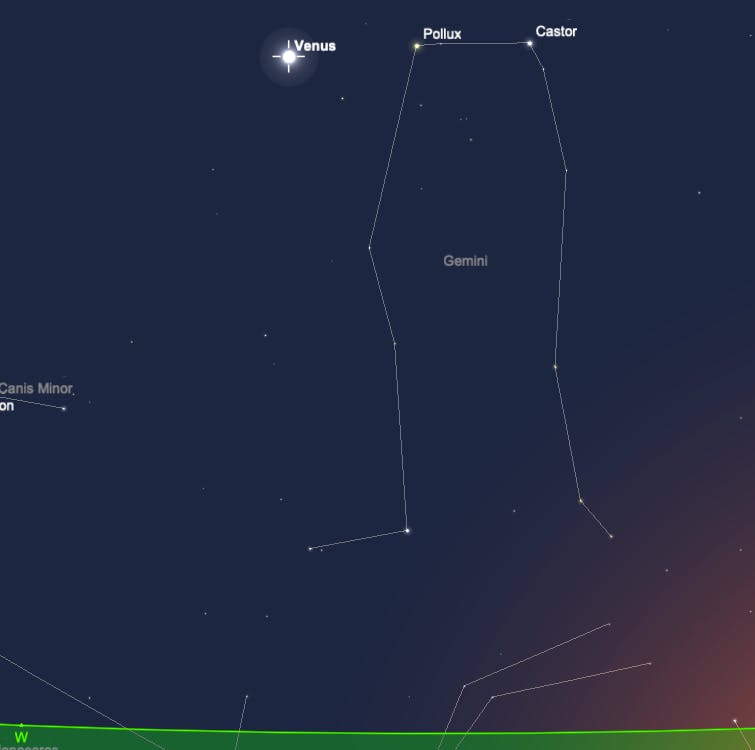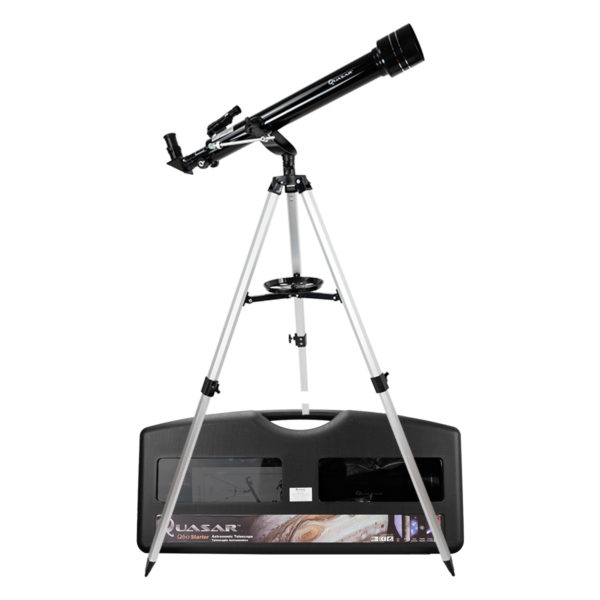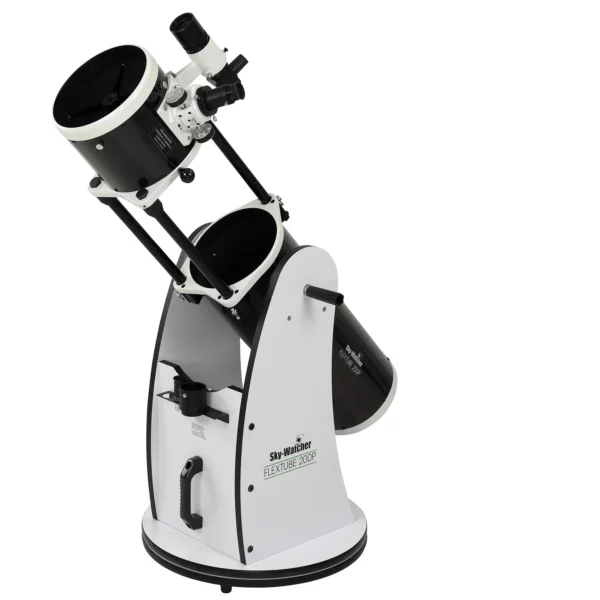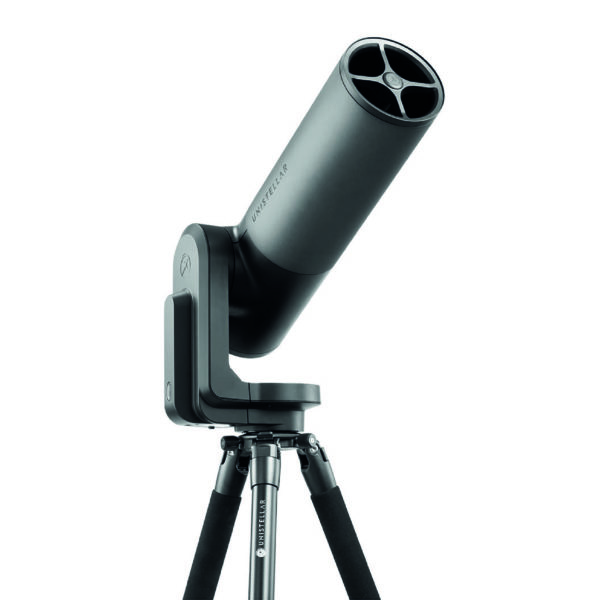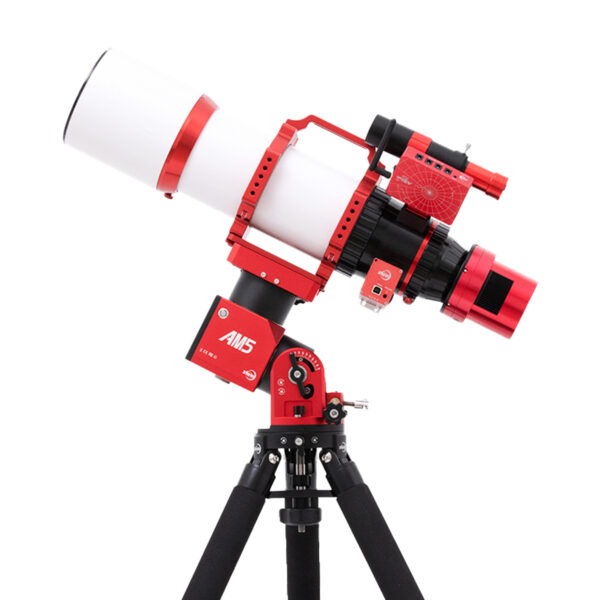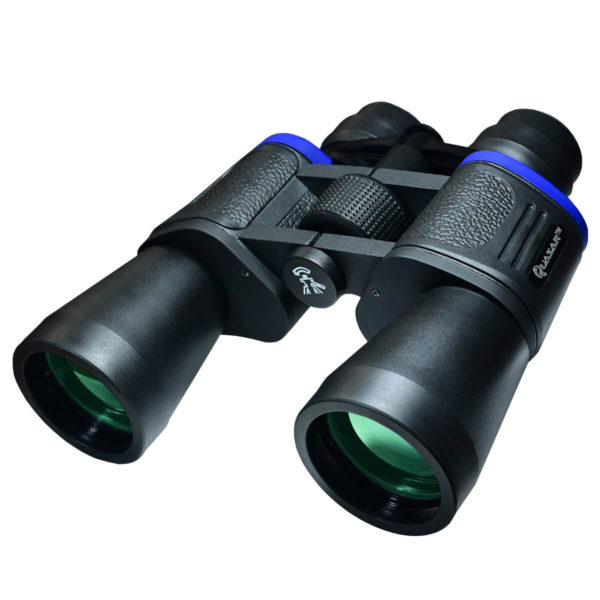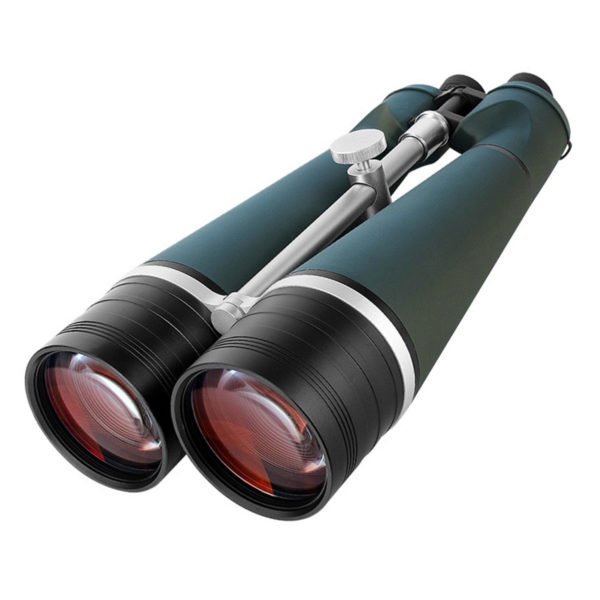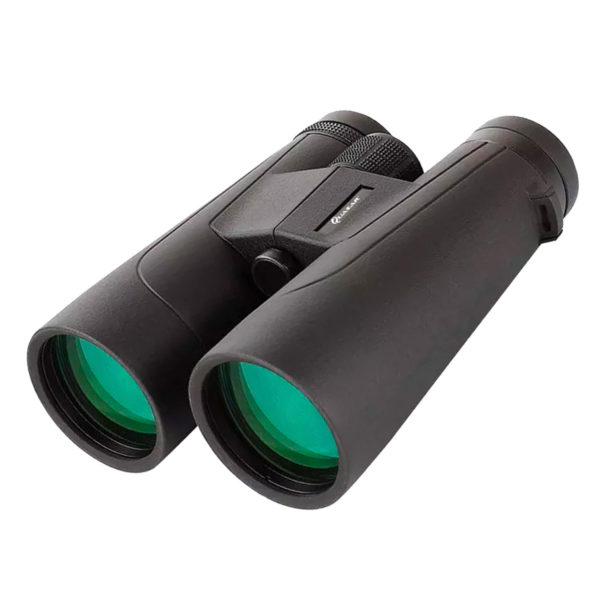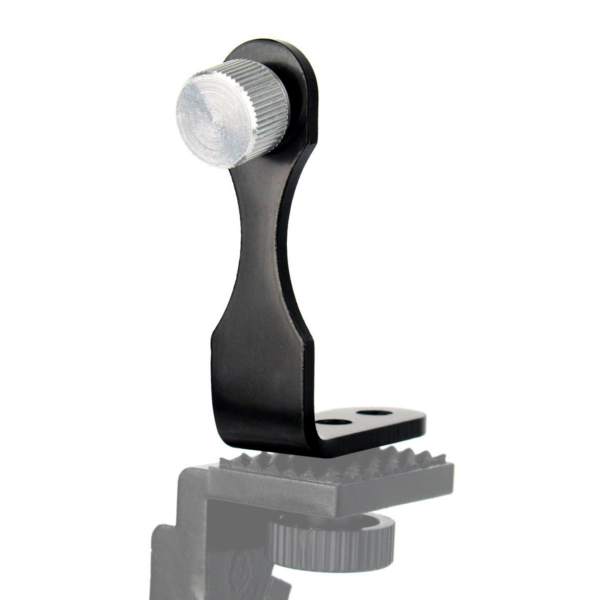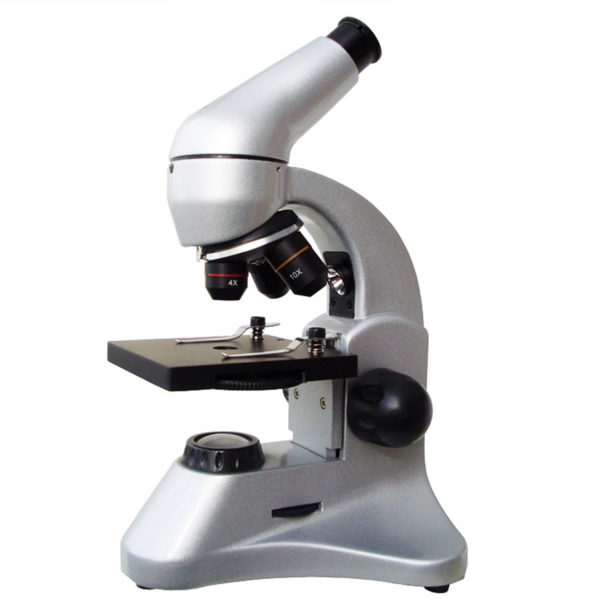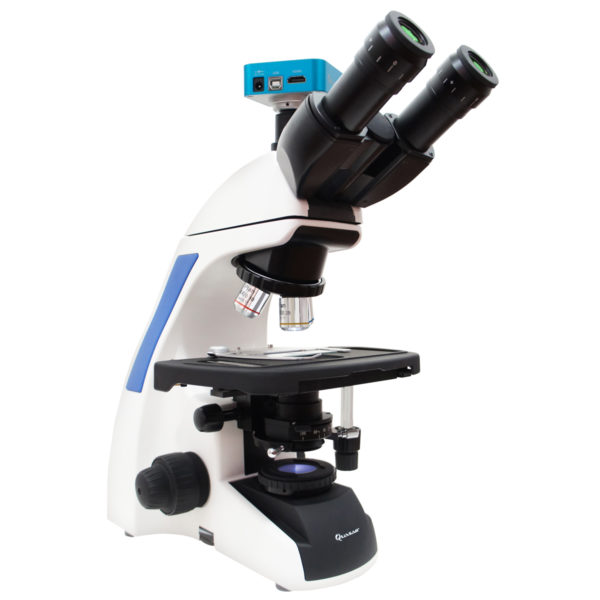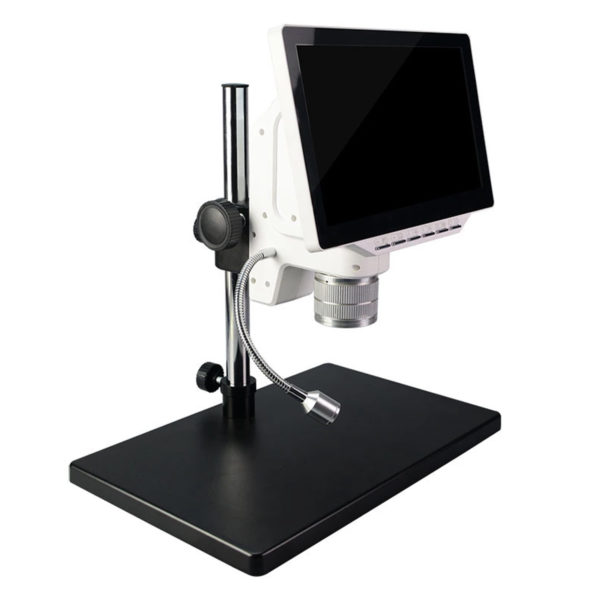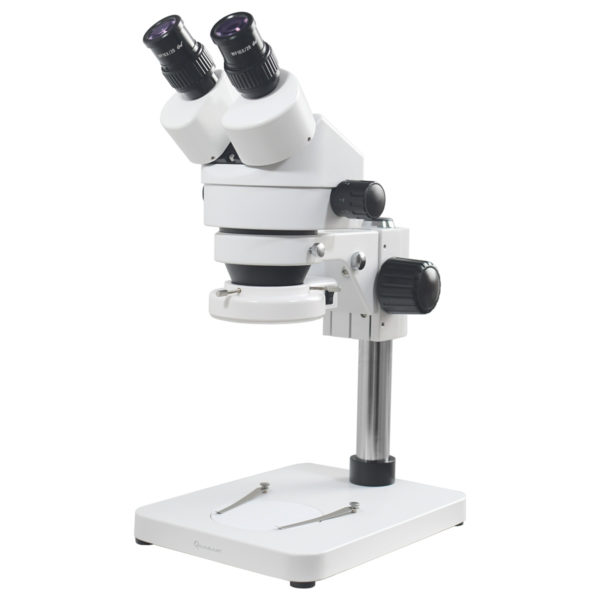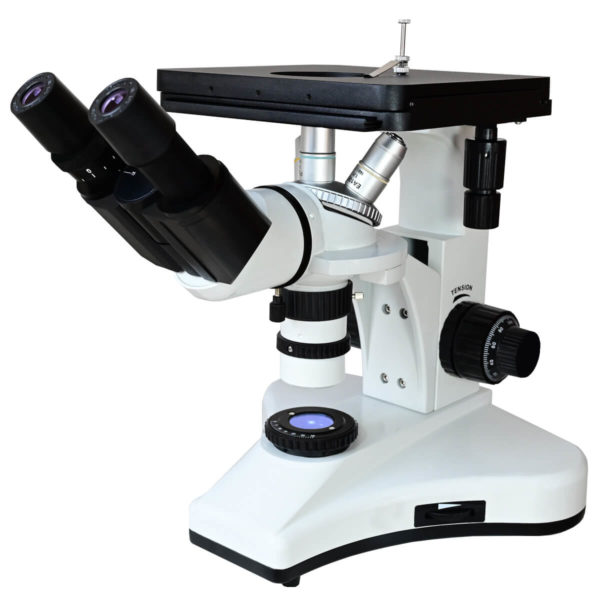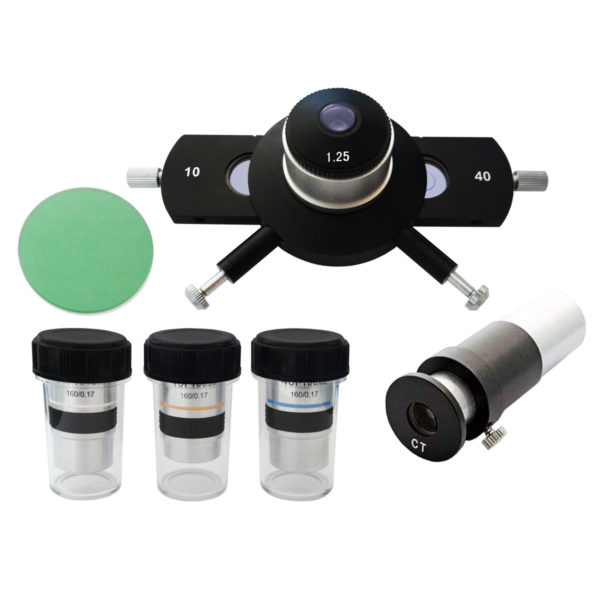Venus and Gemini, the brightest of June
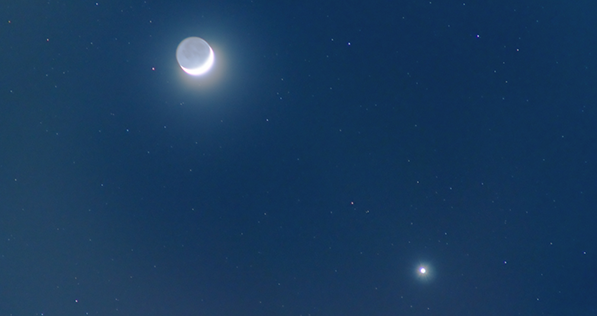
When you are new to the hobby it is not easy to learn how to observe, look for and learn new constellations or know where in the sky conjunctions are seen.
One way to learn a new constellation is to observe the constellations you already know and identify their neighbors. Another way, and one that presents itself as an opportunity this week, is to use a bright planet to serve as a reference point.
This week, on June 1, Venus will kindly show us where to find the famous «Geminis» Castor and Pollux.
We often read in astronomical guides that it is «easy to find» or «unmissable».
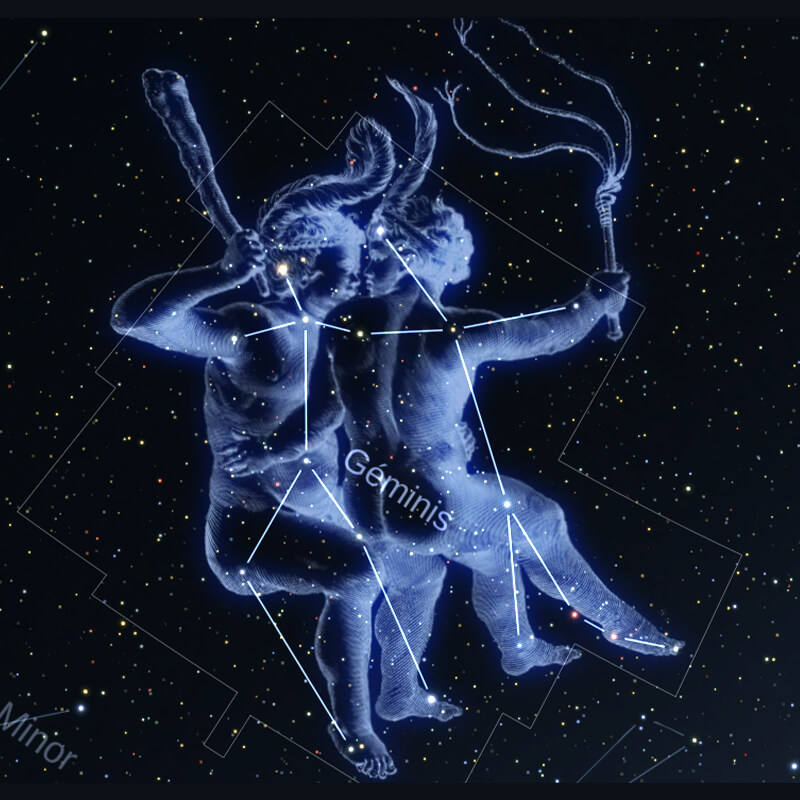
This does not help those who are new to the hobby, as it uses terminology or directions that a veteran is already accustomed to using. However, when it comes to Venus this week, it’s really unmistakable we promise you.
On Thursday, June 1, the brightest «star» by far will be Venus, to find it you must look west, in the direction the Sun sets, about 1/3 of the way to the highest point in the sky.
When you see it, point your telescope or binoculars at it. You will not see a disk, but like a Moon that is half lit. This is the key to distinguish Venus.
Once we have Venus as a reference point, let’s start looking for the most iconic stars of the constellation of Gemini, Castor and Pollux. These are the two bright stars to the right of Venus. Pollux shines at a magnitude of 1.2, while Castor’s magnitude is 1.6, meaning that they will be two of the brightest stars in the night sky.
And just like that you found the constellation of Gemini, isn’t it not so difficult?
Now the rest of the Gemini stars are cascading toward the horizon.
Now the best time to see them is a little after sunset, Venus sets at midnight, so it is already heading towards the horizon when the Sun disappears.
Now try to find these stars in the way we have just taught you.
From Skyshop we wish you good observations and that you share the photos with us through any of our networks.
